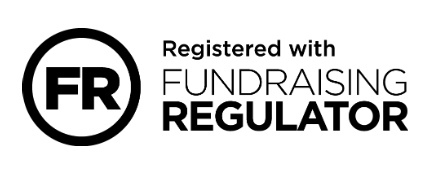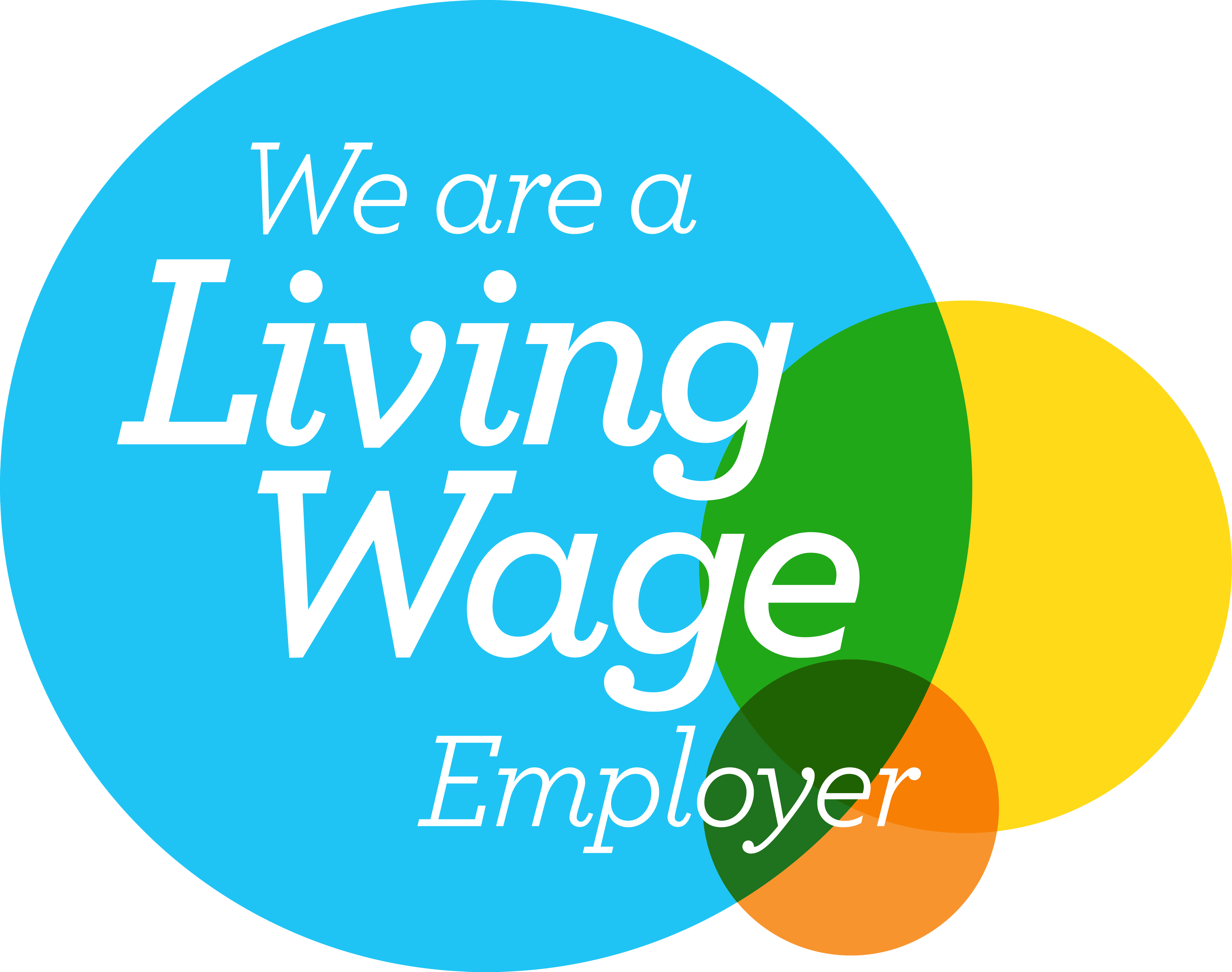The main symptom of endometriosis is pelvic pain - there are various pain relief and pain management options available.
See our list of pain relief and pain management options below.
Transcutaneous Electrical Nerve Stimulator (TENS) machines
A simple hot water bottle or hot bath may help to reduce pain. Some women also find heated wheat bags to be effective.. Being comfortable and reducing stress will also be beneficial.
NSAIDs such as Ibuprofen, Voltarol and Ponstan (mefanemic acid) block the production of prostaglandins in the body. Prostaglandins occur naturally, in response to injury or disease, and cause pain and inflammation. They have a number of functions including making the womb contract during a period (which helps with the shedding of the womb lining). These contractions can cause pain. It is thought that women with endometriosis may produce more prostaglandins than women without the condition.
NSAIDs only work effectively if they are taken before the body produces prostaglandins. Many people take NSAIDs as they would other painkillers such as paracetamol. It is best to start taking NSAIDs the day before, or several days before, a period or pain is expected. Common side effects of NSAIDs include nausea, vomiting, diarrhoea, stomach upsets and stomach ulcers. These side effects can be reduced by taking the drugs with food or milk.
Codeine-based painkillers are effective painkillers but can cause constipation and gastro-intestinal upset, which may aggravate symptoms in women with endometriosis.
Simple analgesics such as paracetamol can be used to treat mild pain.
Physiotherapists can develop a programme of exercise and relaxation techniques designed to help strengthen pelvic floor muscles, reduce pain, and manage stress and anxiety. After surgery, rehabilitation in the form of gentle exercises, yoga, or Pilates can help the body get back into shape by strengthening compromised abdominal and back muscles.
These drugs work by altering the body’s perception of pain. Tricyclic anti-depressants (example – Amitriptyline) are drugs that are mainly used to treat depression but have been found to have an effect on the nervous system and the way the body manages pain. The pain messages travel through the body’s central nervous system, but these drugs can help to stop those messages from reaching the brain.
Transcutaneous Electrical Nerve Stimulator (TENS) machines
TENS machines are an alternative to pain killers. They are small, unobtrusive machines with electrodes that attach to the skin and send electrical pulses into the body. This does not hurt but instead feels mildly ticklish. The electrical pulses are thought to work by either blocking the pain messages as they travel through the nerves or by helping the body produce endorphins which are natural pain-fighters. Some TENS machines can be clipped to a belt. Check with your GP before using a TENS machine as they are not suitable for those who may be pregnant or who have a heart condition.
Some hospitals and trusts have specialised pain clinics providing advice and support to people in chronic pain. Ask your GP about a referral to your nearest pain clinic.
For more information download our Information Pack
 Endometriosis Treatment Information Pack
Endometriosis Treatment Information Pack
As a charity, Endometriosis UK relies on support from people like you. If you found this page helpful please consider making a donation. Thank you.


